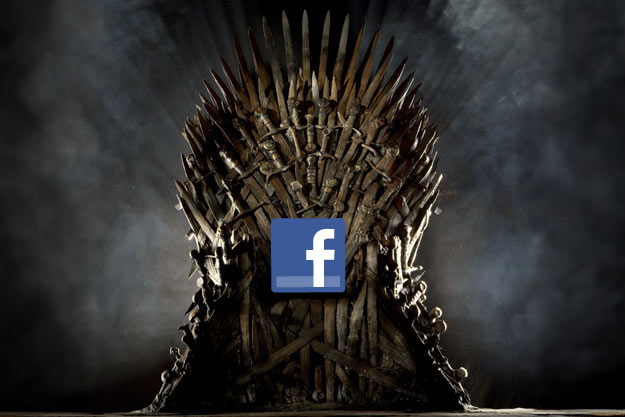There are lots of lessons behind the curtains of the $19 BN Whatsapp acquisition by Facebook. There’s lessons about the scale and value of social, about the continually evolving mobile platform. There’s of course the rags-to-riches story of the founders going from food stamps to being billionaires in just a few short years, and a casual reminder that investment bankers are greedy.
But a few layers deeper there’s another lesson. It’s simple:
Whatsapp was not the first mobile messaging app.
When talking with Product Managers at lots of different companies I often hear sentences like these:
- That’s not ‘new’ enough.
- No, there’s already an app that does that.
- If we could just find a completely new idea…
The problem is:
“There are no new ideas under the sun.”
Whatsapp was not the first mobile messaging app, and Facebook was not the first social network.
So what is the lesson? You don’t need to be first to win.
In fact, often not being first is an advantage. Look at Facebook – Mark Zuckerberg was able to learn from the failings of all the social networks that came before him. He learnt the importance of scaling from the failed Friendster, whose incredible pains scaling under rapid growth ultimately killed it. He learnt about network interactions from MySpace, which was still the biggest social network in 2006.
Another particularly good example: look at the category of To-Do List apps. There are literally hundreds in the app stores
, and more pop up every month. Some are more successful than others, but the most successful ones, such as Wunderlist (currently #44 on the iOS store, and #29 grossing app), have only been around a relatively short amount of time. There were countless To-Do list apps before Wunderlist
, and there’ll be countless more. What makes Wunderlist successful?
The value in a new product or service is seldom that it finds a completely unmet need. The value is often solving a known need in a new and innovative way.
When looking at product opportunities, the question is not if there is another product that solves the problem you intend to solve. The question is: can we be different? Can we be better?

